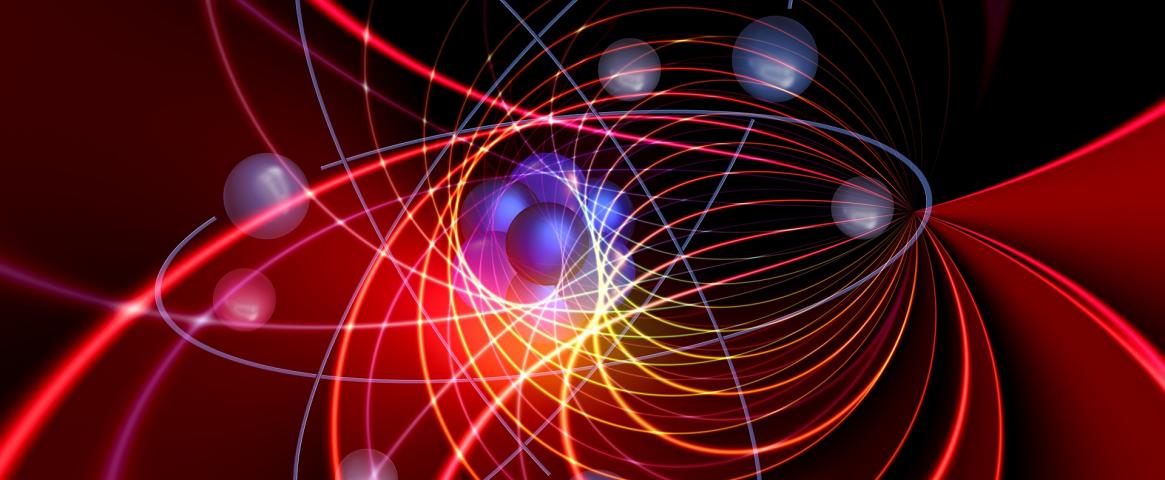By Alia Sajani
Writing about tangible topics in science, such as health, space and climate, are no doubt challenging. But there is an added challenge to explaining advances in technology when much of the science behind it may seem “invisible” to the average reader. As one of the final sessions of ScienceWriters2021 (#SciWri21), the "Making the Invisible Visible: Challenges to explaining deep tech" session addressed how journalists and science writers can explain “invisible” science findings.
Moderated by Bill Gourgey, freelance writer, novelist and technology startup advisor (@billgourgey), the panel discussed how to write about advances in technology. The speakers included Emily Mullin, journalist and current Knight Science Journalism project fellow (@emilylmullin), Brandie Jefferson, senior news director at Washington University in St. Louis (@B_M_Jefferson), and Kenna Castleberry, science communicator at JILA (formerly known as the Joint Institute for Laboratory Astrophysics) at the University of Colorado, Boulder (www.kennacastleberry.com).
What is deep tech? Deep tech, the hidden technology behind what make things work, doesn’t refer to consumer technology like cell phones, laptops and cars. Instead, deep tech is the artificial intelligence behind MRI machines, in courtrooms deciding if a defendant is likely to commit future crimes, in mRNA-based COVID-19 vaccines that have been vital in the response to the pandemic, and in the blockchain that transforms supply chains and drives cryptocurrency markets. Deep tech is all around us, thus there is a growing importance for coverage.
Major challenges and solutions to deep tech reporting Using a Hollywood film scene where the actors likened quantum mechanics to “magic” as an example, the panelists addressed the premise that deep tech is akin to science fiction. A good way to convey science stories that are difficult to grasp, according to Mullin, is not to let the jargon get in the way of a good story. Castleberry recommended picking stories that have a human angle to them. By weaving stories about people into the science, deep tech can become more relatable.
In addition, the use of good metaphors to explain science is an important tool in science writing. Consequently, Castleberry said, creating metaphors to explain “invisible” science that balances accuracy with analogy is essential. Jefferson suggested explaining the stories to a family member or friend who doesn’t know anything about the field. Mullins said that knowing your audience, and writing for them, is an important way to meet the reader where they are.
Social justice in deep tech A major challenge to reporting is bias. Castleberry said that the quantum technology field doesn’t have a “properly trained workforce that is diverse.” Lack of diversity in tech affects the technologies themselves. Mullins, who has reported on medical advances in the biotechnology field, said that the lack of diversity in biotech also needs to be addressed in the reporting of the science coming out of the field. Questions like whether clinical trials accurately represent the population, who will benefit from the research, and how trust between researchers and patients will be established are important to consider when interviewing scientists.
Deep tech is changing the world, and accurately reporting the “invisible” science behind it has a very real impact on the interpretation and implementation of these technologies.
Alia Sajani is pursuing a doctoral degree in immunology at Dartmouth College, where she is studying the processes that keep the immune system from attacking the rest of the body. She has written for the NIH Catalyst and ImmunoBites blog. Sajani is passionate about diversity and inclusion in science. You can find her on Twitter @AliaSajani.
Hero image by Gerd Altmann from Pixabay.

